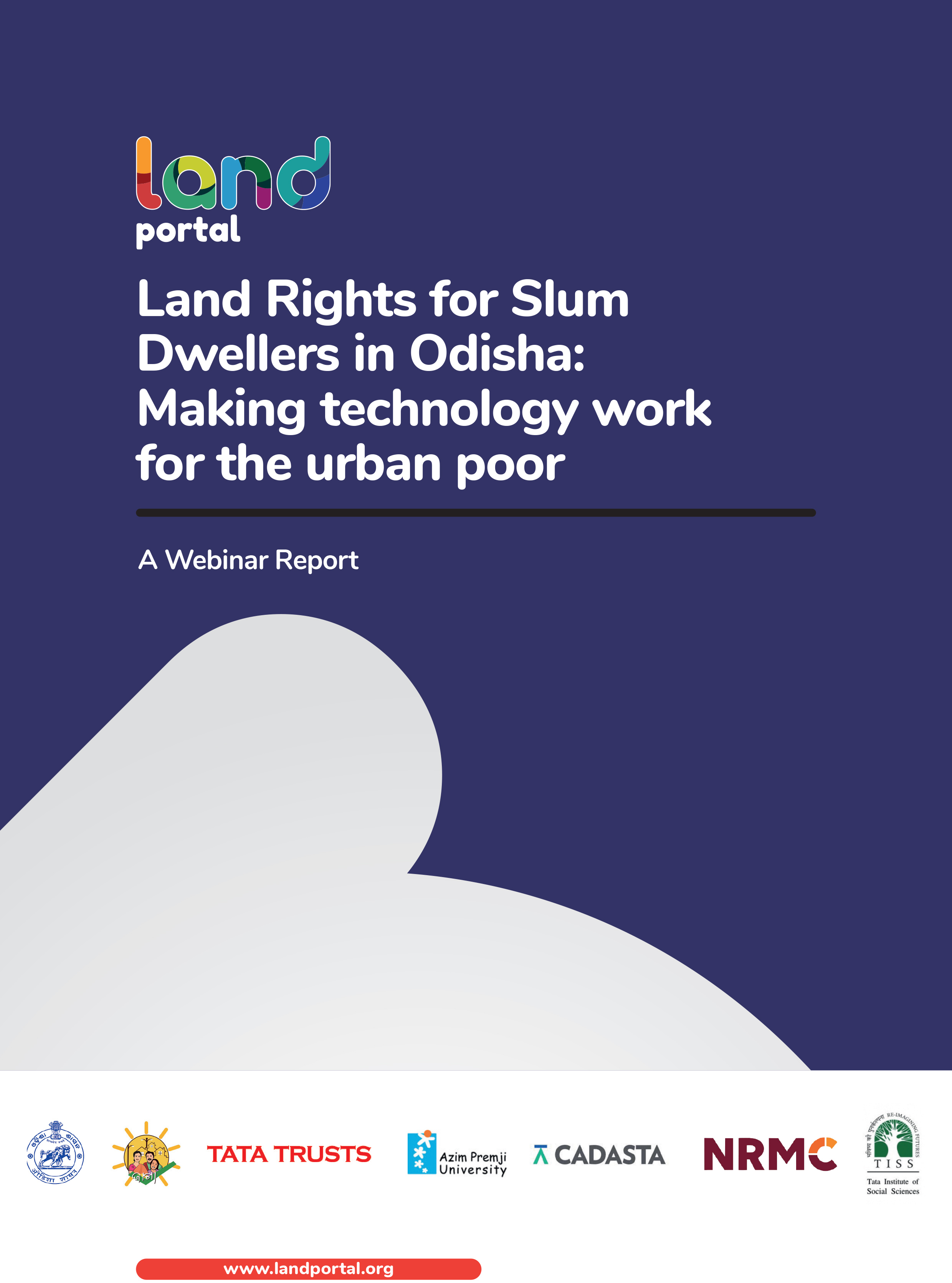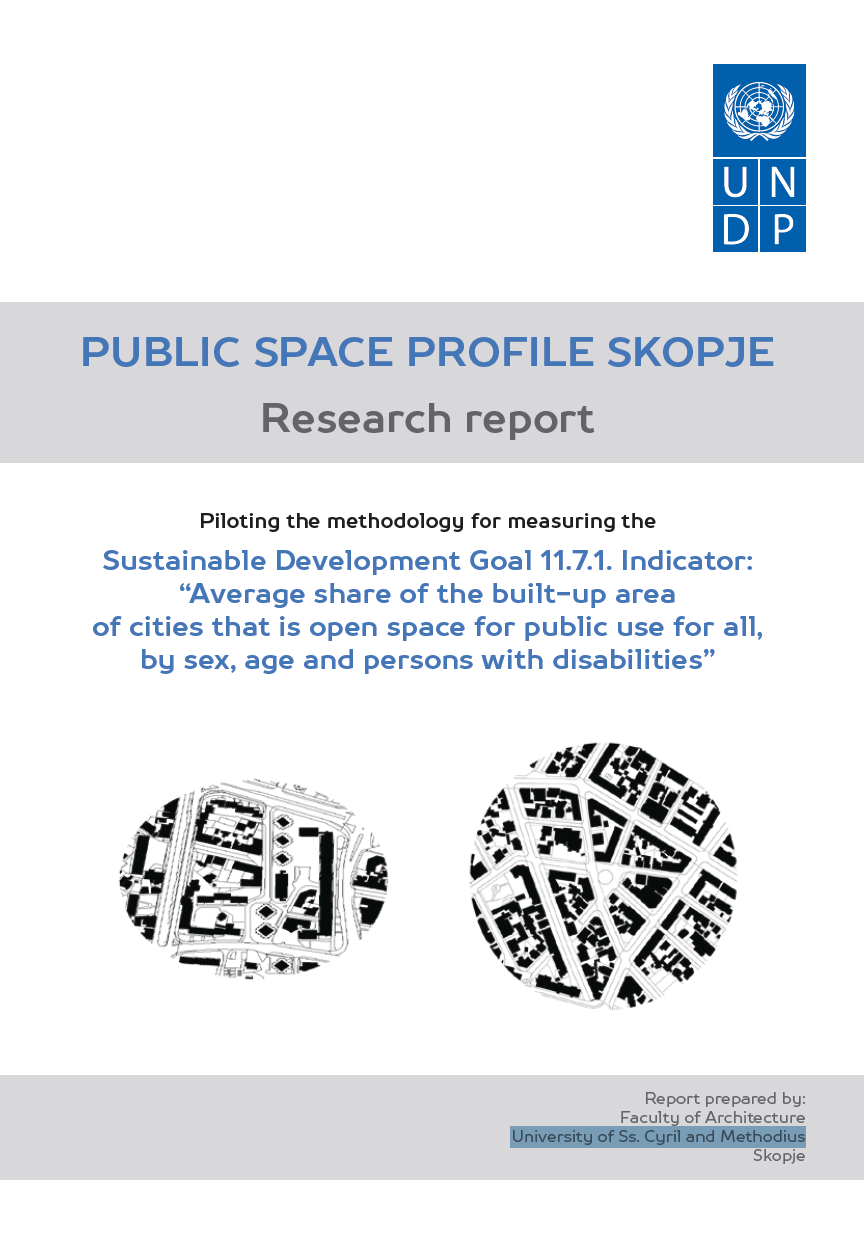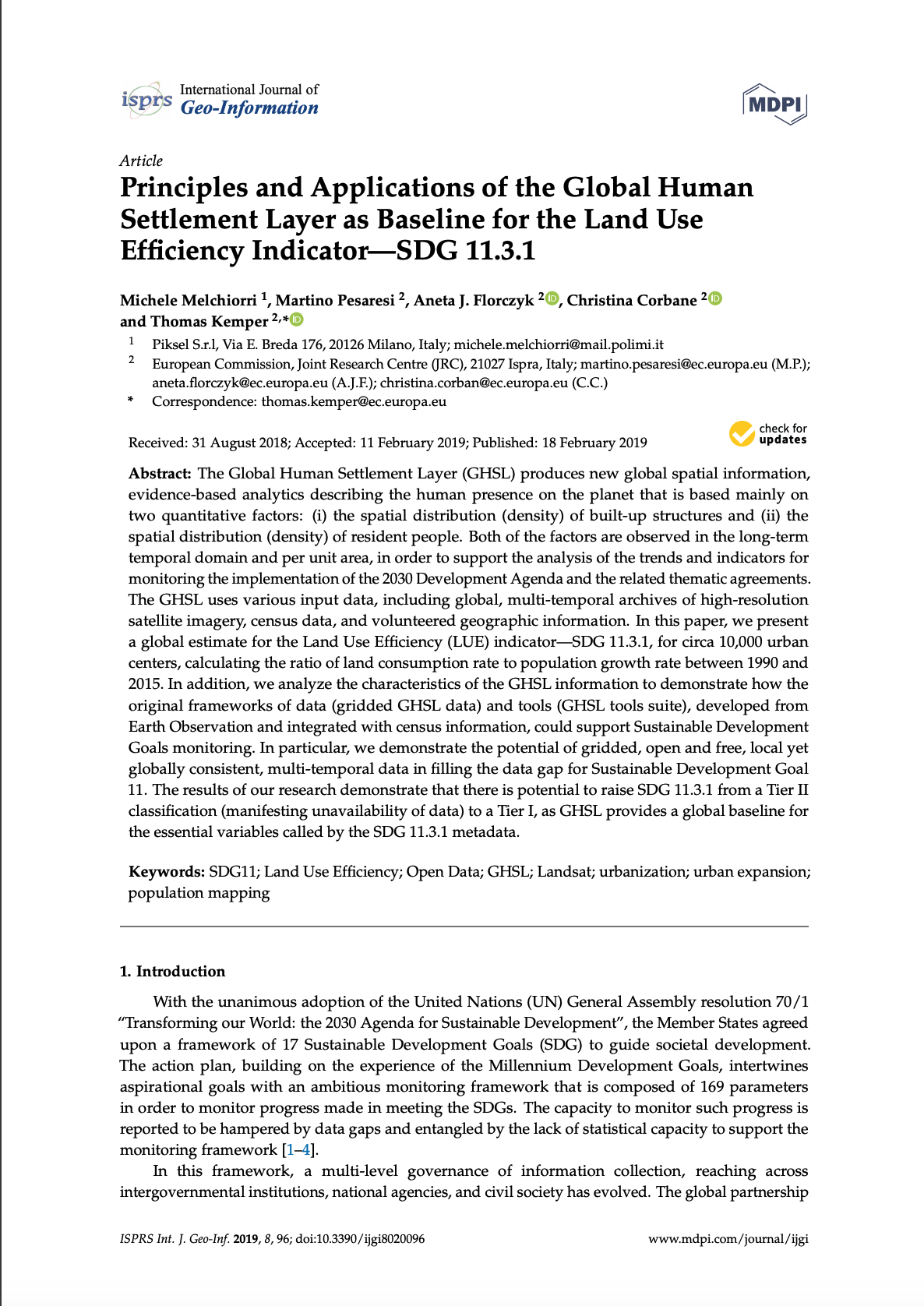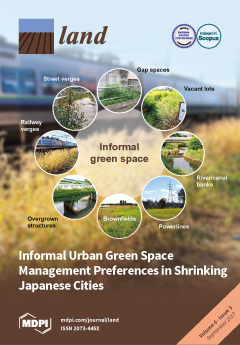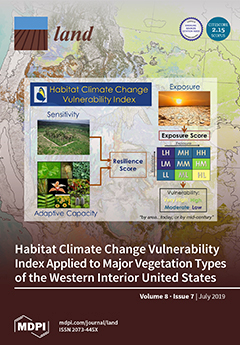Making a difference : boundary management in spatial governance
In trying to influence spatial development, people engage in discussions about distinctions between places or areas, and the roles of government and society, while they need to relate to other groups of stakeholders. In other words, boundaries (between meanings of places, between government and society, and between different groups of people) are omnipresent in spatial governance. Does the peri-urban area belong to the city or to the countryside? Can nature be integrated into farming? What should be the role of governments in relation to bottom-up initiatives?


